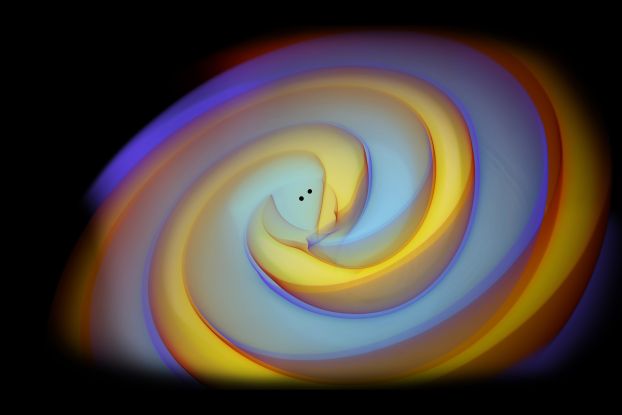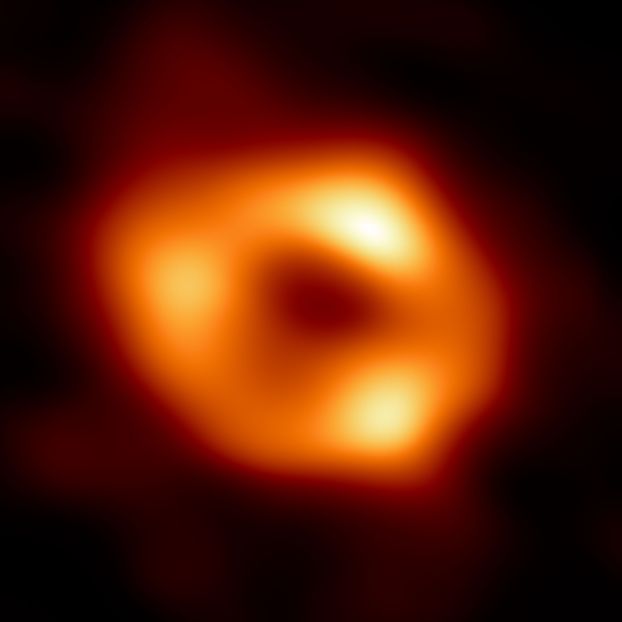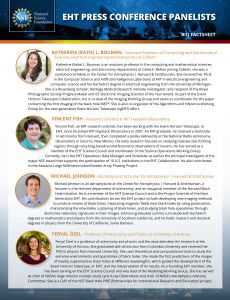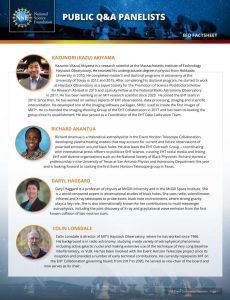So, how does one study a region of space that is defined by being invisible?
Theorists can calculate properties of black holes based on their understanding of the universe, and such discoveries have come from a range of great thinkers, from Albert Einstein to Stephen Hawking to Kip Thorne. However, despite being so powerful, it's hard to see something that does not emit photons, let alone traps any light that passes by.
Now, nearly a century after scientists suggested black holes might exist, the world now has tools to see them in action. Using powerful observatories on Earth, astronomers can see the jets of plasma that black holes spew into space, detect the ripples in space-time from black holes colliding, and may soon even peer at the disc of disrupted mass and energy that surrounds the black hole's event horizon, the edge beyond which nothing can escape.
Sagittarius A*
First image of the black hole at the center of the Milky Way
This is the first image of Sagittarius A*, or Sgr A*, the supermassive black hole at the center of our galaxy. It's the first direct visual evidence of the presence of this black hole. It was captured by the Event Horizon Telescope (EHT), an array which links together eight existing radio observatories across the planet to form a single Earth-sized virtual telescope. The telescope is named after the "event horizon", the boundary of the black hole beyond which no light can escape.
Although we cannot see the event horizon itself, because it cannot emit light, glowing gas orbiting around the black hole reveals a telltale signature: a dark central region, called a "shadow," surrounded by a bright ring-like structure. The new view captures light bent by the powerful gravity of the black hole, which is 4 million times more massive than our sun. The image of the Sgr A* black hole is an average of the different images that the EHT Collaboration has extracted from its 2017 observations.
News Release
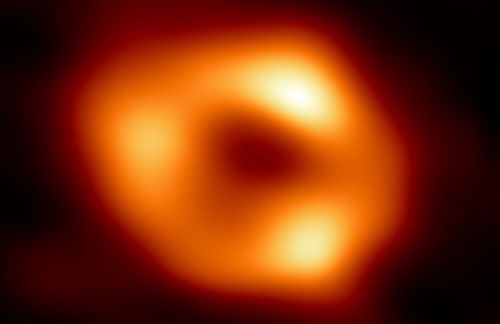
We got it! Astronomers reveal first image of the black hole at the heart of our galaxy
This result provides overwhelming evidence that the object is indeed a black hole and yields valuable clues about the workings ...
Read More2022 EHT Panelists PDFs
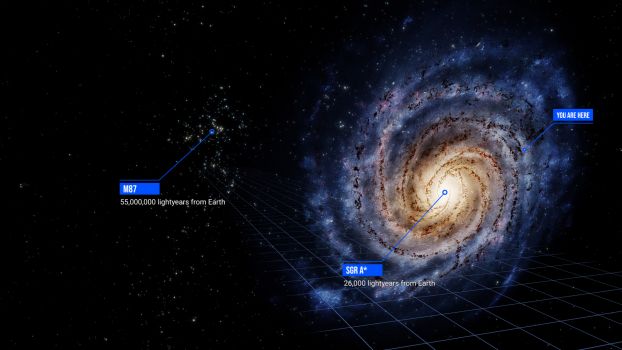
Credit: National Science Foundation/Keyi "Onyx" Li
While Sgr A* is the supermassive black hole in the center of our own galaxy, the supermassive black hole M87* resides more than 55,000,000 lightyears from Earth.
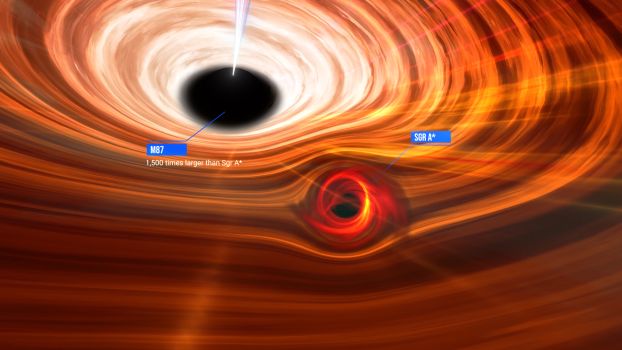
Credit: Keyi "Onyx" Li/National Science Foundation; Lia Medeiros, Institute for Advanced Study
The supermassive black holes M87* and Sgr A* are not even in the same galaxy, but if it were possible to place them next to each other, Sgr A* would be dwarfed by M87*, which is 1,500 times more massive.
Science Matters
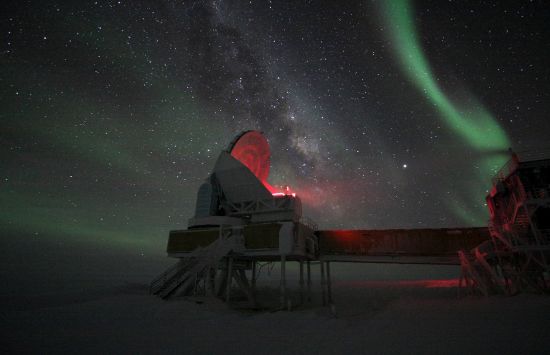
Image of Sgr A*, the black hole at the center of our galaxy
At the center of our very own Milky Way galaxy, scientists long suspected that there was a supermassive black hole, and they named this black hole Sagittarius A* (Sgr A*, pronounced "sadge-ay-star").
Media Contact
email us at media@nsf.gov
EHT virtual backgrounds
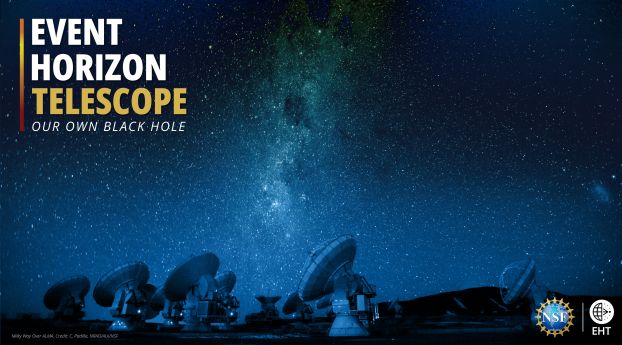
Credit: C. Padilla, NRAO/AUI/National Science Foundation
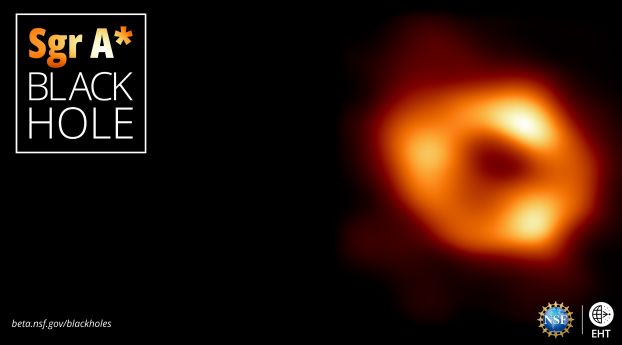
Credit: Event Horizon Telescope Collaboration
2019 EHT Event
On April 10, 2019, the U.S. National Science Foundation hosted scientists from the Event Horizon Telescope Collaboration at a press conference in Washington, D.C. and revealed the world’s first image of a black hole.

Credit: Dr. Daniel Michalik
The event was the North American pillar of a simultaneous, global announcement, with NSF hosting due to its pivotal role in the discovery, having spent two decades investing in researchers, radio telescopes, and facilities that anchored the project. The content below tells the story of that image, how it was captured, and how it was revealed.
News Release
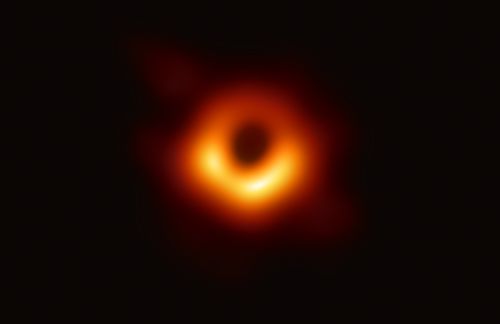
Astronomers capture first image of a black hole
National Science Foundation and Event Horizon Telescope contribute to paradigm-shifting observations of the gargantuan black hole.
Read moreFor the full suite of images, animations, explanatory videos, and other multimedia content from the press event, see the Images, video, and educational resources page
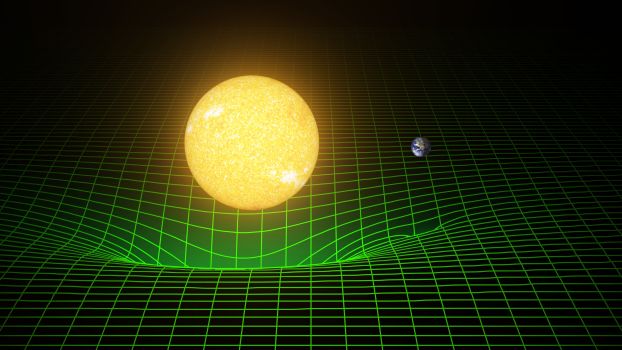
Credit: T. Pyle/Caltech/MIT/LIGO Lab
A century ago, Albert Einstein predicted gravitational waves, ripples in the fabric of space-time that result from the universe's most violent phenomena. In 2016, NSF researchers using one of the most precise instruments ever made—the NSF Laser Interferometer Gravitational-wave Observatory (LIGO)—announced the historic first detection of gravitational waves, the violent remnant of black holes colliding more than 1.3 billion years ago.
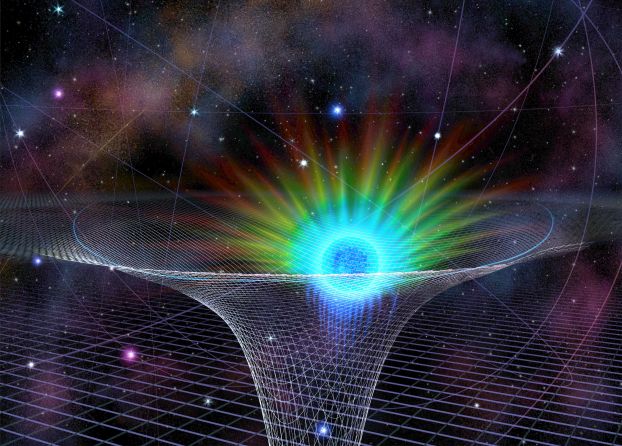
Credit: Nicolle R. Fuller, National Science Foundation
The Galactic Center Group studies the black hole at the heart of the Milky Way and how it impacts its surroundings, a multi-decade effort to better understand how galaxies formed and evolved. In 2020, Ghez shared the Nobel Prize in Physics for her discoveries, which confirmed the presence of a black hole at our galactic center.
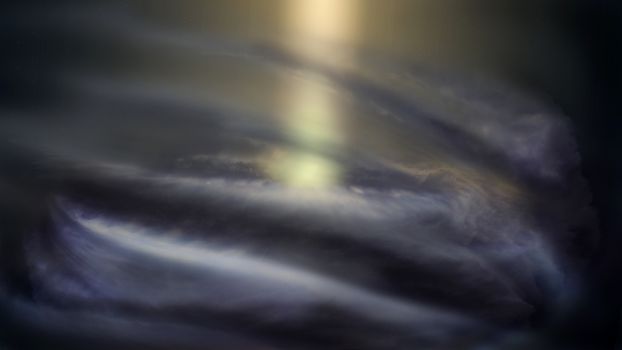
Credit: NRAO/AUI/National Science Foundation; S. Dagnello
NSF’s NRAO manages several powerful radio telescopes that capture unprecedented images of the cosmos, including plasma jets and other evidence of black holes.
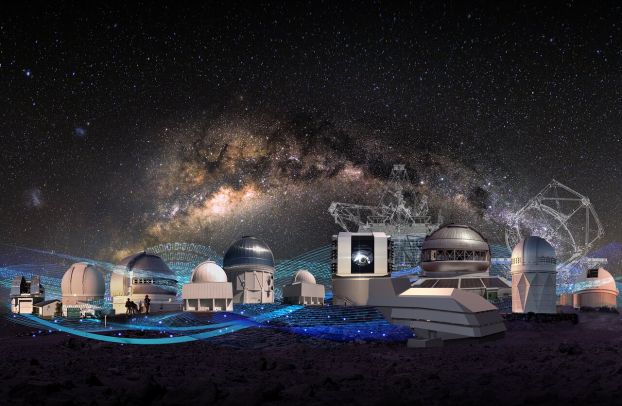
Credit: NOIRLab/NSF/AURA/P. Marenfeld
NSF’s National Optical-Infrared Astronomy Research Laboratory (NOIRLab) is the United States' flagship center for ground-based, nighttime optical and infrared astronomy. NSF's NOIRLab manages five observatories and centers located across the globe: Cerro Tololo Inter-American Observatory (CTIO), the Community Science and Data Center (CSDC), Gemini Observatory, Kitt Peak National Observatory (KPNO) and the Vera C. Rubin Observatory, once it becomes operational.
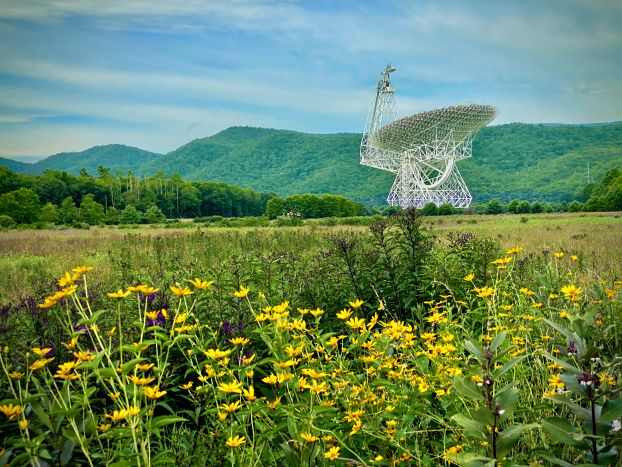
Credit: National Science Foundation/GBO 20; photo by Jill Malusky (available under Creative Commons
NSF's Green Bank Observatory enables leading edge research at radio wavelengths by offering access to telescopes, facilities, and advanced instrumentation to the global scientific and research community.
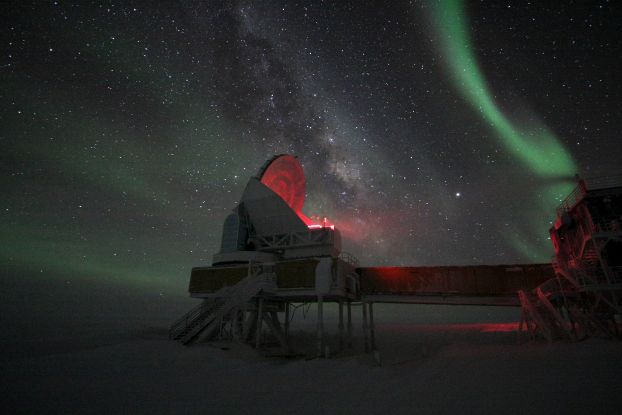
Credit: Dr. Keith Vanderlinde
The South Pole Telescope is a 10-meter-diameter microwave / millimeter / sub-millimeter telescope located at the U.S. National Science Foundation's Amundsen-Scott South Pole Station, which is the best currently operational site on Earth for mm-wave survey observations due to its stable, dry atmosphere.



